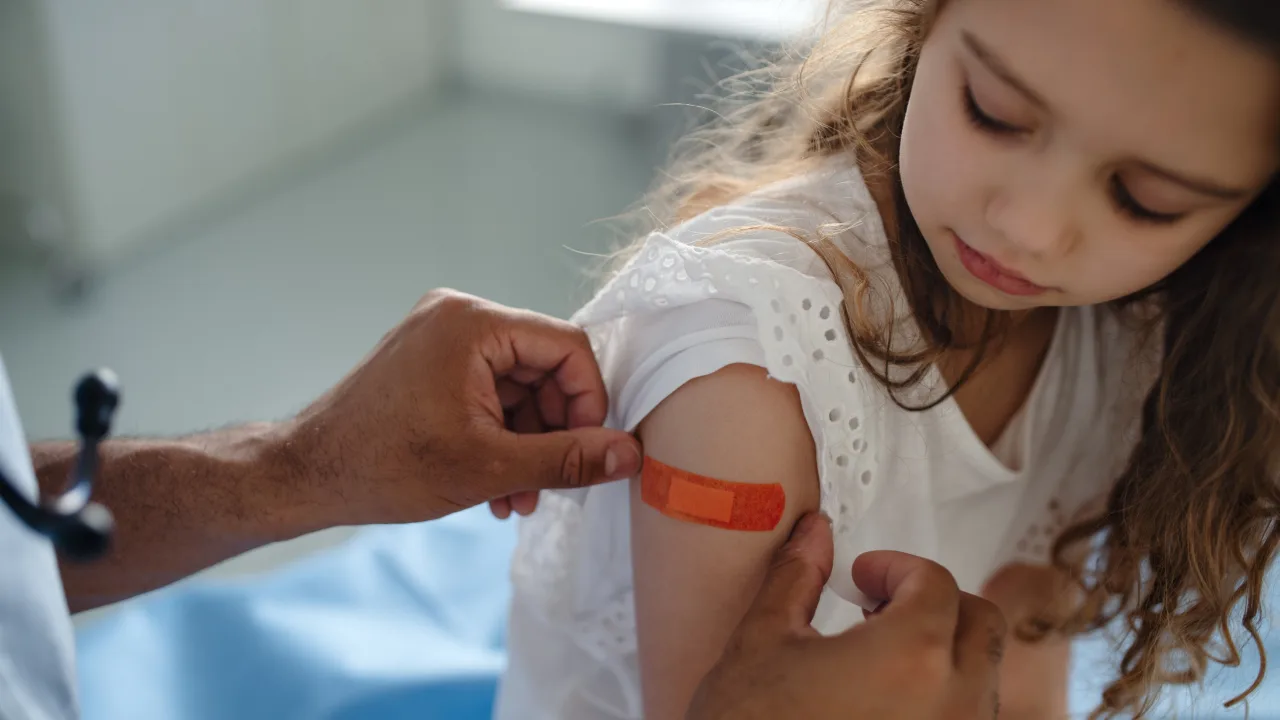
DiYES International School – Preventable Diseases Among Children have seen a sharp rise in May 2025. Measles and dengue outbreaks have spread across multiple regions. The health sector is under pressure due to increasing pediatric admissions. Low vaccine coverage has worsened the situation for communities. Climate change is helping mosquitoes thrive in new locations. Hospitals are responding with limited resources and stretched staff. Outbreaks could have been prevented with better vaccination programs. Some areas are reporting their worst numbers in a decade. The spike has shocked both parents and policymakers alike. Children are being hospitalized at higher rates this month.
Measles cases surged dramatically across various countries during early 2025. Unvaccinated children brought infections into schools and increased transmission risks. Parents voiced concern about limited access to nearby vaccination clinics. Communities lost herd immunity as vaccination rates dropped significantly. The pandemic disrupted routine immunization schedules in many regions. Families in low-income areas often missed critical vaccine appointments. Misinformation spread unchecked across social media and messaging platforms. Viral content damaged public trust in vaccine safety and reliability. Teachers faced rising health risks as outbreaks intensified in classrooms. Doctors reported severe measles complications among hospitalized children in multiple locations.
“Read about: Osteogenesis Imperfecta in Children: Causes, Symptoms, and Challenges”
Dengue fever has returned with record-high case numbers in 2025. Tropical climates and urban growth are worsening mosquito breeding. Pools of stagnant water are often left unmanaged in cities. Sanitation services are unable to keep up with the problem. Children are presenting more severe dengue symptoms this year. ICUs are nearing full capacity in several affected hospitals. Delays in diagnosis have increased clinical complications. Medical resources are being stretched thin in hotspot zones. Dengue warning systems failed in some districts this season. Mosquito nets and repellents are being distributed in emergency efforts.
Vaccine hesitancy poses a serious public health issue in 2025. Misinformation about vaccines spreads faster than verified medical facts. Online platforms amplify unverified health claims to wide audiences. Some families reject vaccines because of personal fears and confusion. Media outlets struggle to challenge dangerous and emotional narratives. Rural communities express religious objections in public discussions and forums. Local groups protest vaccine mandates in several cities and towns. People question childhood vaccines despite overwhelming scientific evidence. Poor information access increases the risk of Preventable Diseases Among Children. Health authorities must rebuild public trust through clear and consistent messaging.
“Read more: Phoenix Joins the Table: Exclusive Chef-Led Dinners Begin This June”
Climate patterns are changing disease geography at an alarming pace. Warmer temperatures have accelerated mosquito population growth worldwide. Vector-borne diseases are thriving in longer rainy seasons. Rural villages now face health threats previously seen only in cities. Infrastructure is failing to adapt to environmental challenges. Rising humidity has created ideal habitats for disease carriers. Climate-resilient healthcare strategies are becoming essential for prevention. The link between climate and disease is clearer than ever. Healthcare systems must anticipate future outbreaks driven by environment. Global cooperation is needed to address this growing threat.
World Health Organizations raised strong alerts about rising disease cases. National campaigns restarted vaccination drives in schools across the country. Health educators brought awareness programs back to local community centers. Governments allocated emergency funds to strengthen disease prevention strategies. Medical teams expanded pediatric care units in major urban hospitals. Public health officials launched flyers and digital campaigns to inform families. Local leaders visited schools and urged parents to support vaccination. Health authorities installed disease monitoring tools in high-risk regions. Volunteer health workers visited homes and provided outreach services directly. Global leaders called for unified action through joint statements and forums.